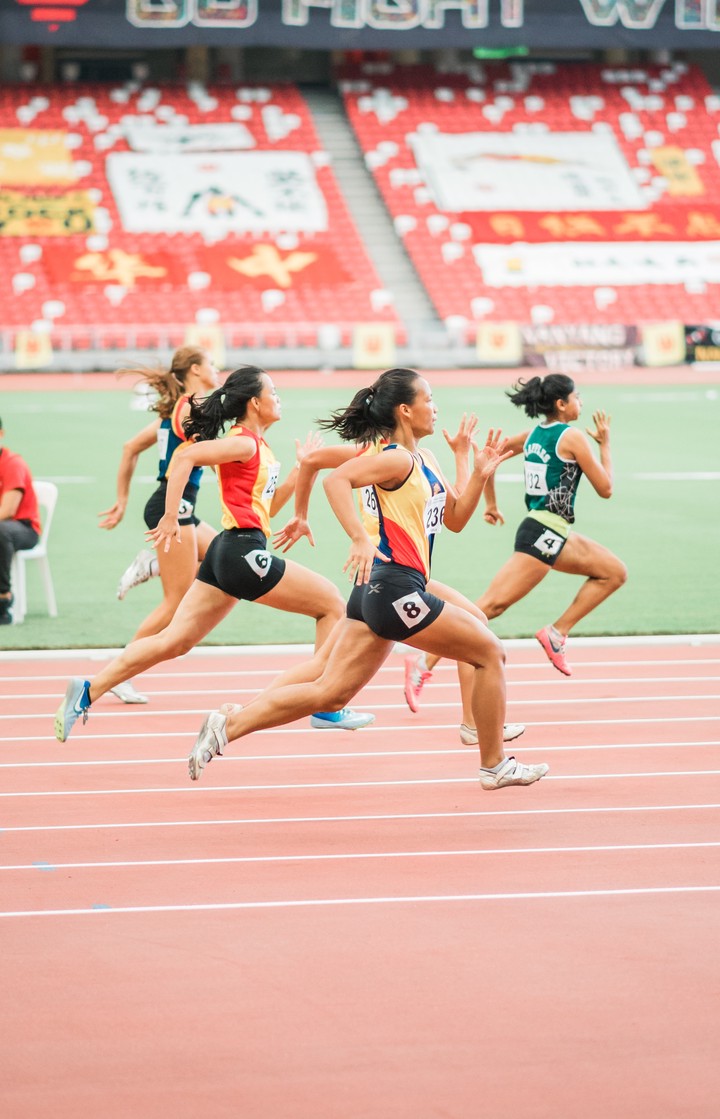Salivary secretory immunoglobulin A variation between female varsity athletes and nonathletes
 Photo by Jonathan Chng on Unsplash
Photo by Jonathan Chng on Unsplash
Abstract
Objectives. Exercise can lead to changes in immune function. To further investigate this relationship, we examined possible differences in salivary secretory immunoglobulin A (sIgA) secretion rates among female college athletes and nonathlete students. We predicted that athletes would have higher sIgA secretion rates than nonathletes and show greater declines in sIgA during the study period as intensive exercise training continued.
Methods. We recruited 52 female participants aged 18-22 years (13 swimmers,20 runners, and 19 nonathletes). We collected two saliva samples from each participant (baseline and a second sample 2 weeks later). Additionally, participants reported minutes of cardiovascular activity performed per week and completed a survey that included a modified Profile of Mood States and the Undergraduate Stress Questionnaire.
Results. We found no significant differences in mean salivary sIgA secretion rates between athletes and nonathletes. Salivary sIgA significantly increased between sample collections for both groups, with nonathletes exhibiting a greater increase in sIgA than athletes. Cardiovascular activity was not associated with sIgA secretion rates. Illness status was a significant positive predictor of sIgA secretion rates.
Conclusions. Cardiovascular activity did not predict salivary sIgA secretion rates in this sample of female college students, and athletes did not show significantly different sIgA secretion rates than nonathletes. Together, these findings suggest that exercise may not be associated with altered immune function in well-nourished college-aged women. The increase in secretion rates among both athletes and nonathletes suggests that additional factors shared by both groups may have led to increases.